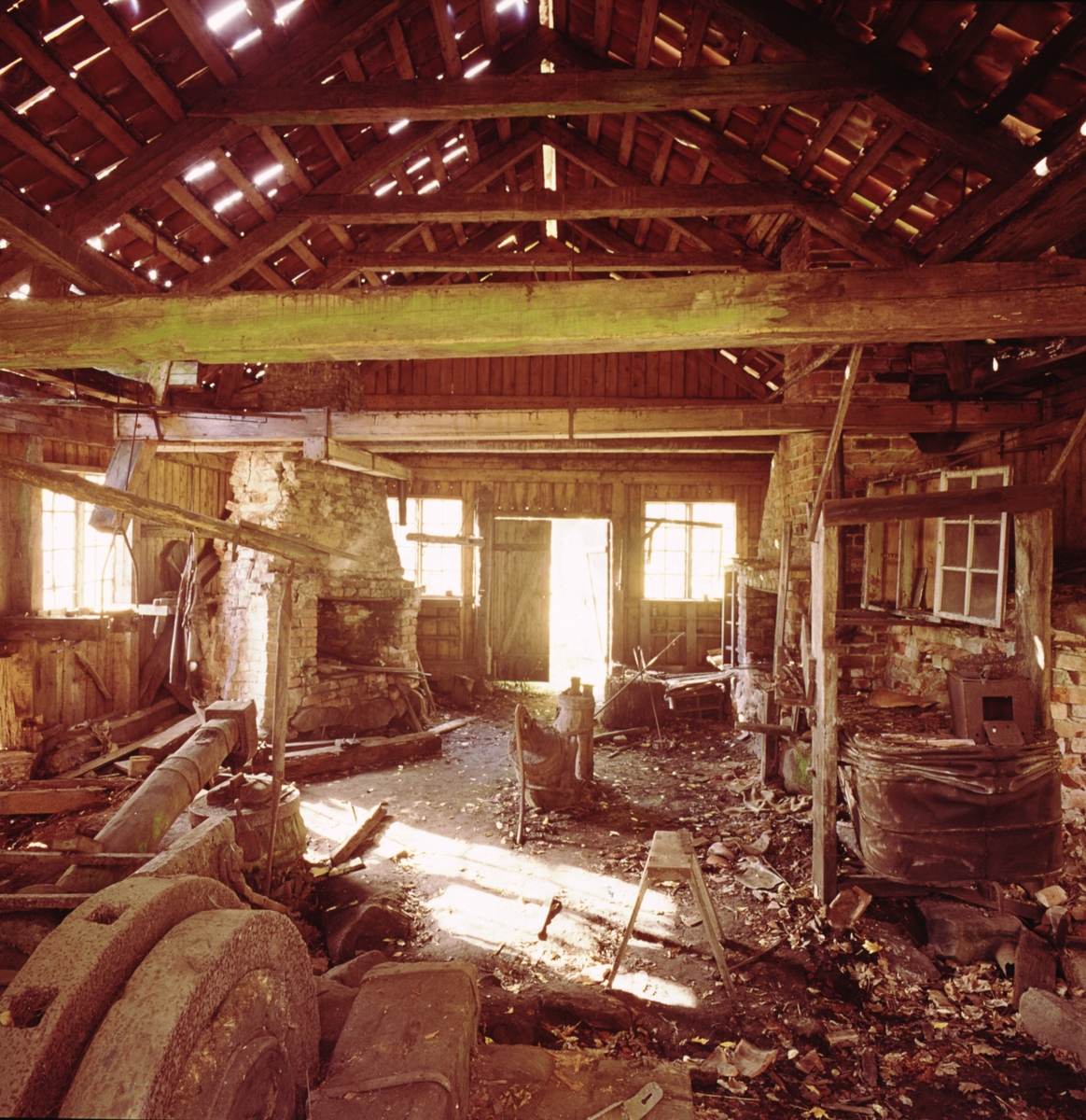- Joined
- Mar 2, 2013
- Messages
- 1,772
The BladeForums.com 2024 Traditional Knife is ready to order! See this thread for details:
https://www.bladeforums.com/threads/bladeforums-2024-traditional-knife.2003187/
Price is $300 $250 ea (shipped within CONUS). If you live outside the US, I will contact you after your order for extra shipping charges.
Order here: https://www.bladeforums.com/help/2024-traditional/ - Order as many as you like, we have plenty.

This axe is from the old Wira or Vira forge A water powered forge north of Stockholm.
We all are familiar with the video upload of the 1920s action at the forge, probably that smid in the film is Carl Frederick Dahlgren whose name is stamped on my axe here.
Photographed by Westfeldt in 1920.





I like Wira because of the quality of the soft malleable iron, Lancashire iron I believe, combined with the high carbon content edge steel.
It was enjoyable reading that Steve, thanks.
Many of the small-time smids were so attached to their Lancashire iron that when the supplies dried up, - in part as a consequence of upscaled production processes introduced to Sweden and the axe making sector by Hult Bruk - they stopped making axes because what was coming from the alternative material left them with an inferior tool.
It is a special iron with a particular tactile quality almost as it is inherently fatty or greasy, that is not to say it is or that it doesn't rust, but when polished up it feels that way and also has a unique appearance. But I guess the smid would experience it in their way too.

There is a lot in common between Sweden and some of the areas of Finland and distinctions are subtle sometimes so it could surprise nobody when sources and materials, among other things, were interchangeable. And well, Vira is situated along the route into Finland. The story relaying the attitude of the old smids I got from a Norwegian where also a similar disappointment and resignation occurred at the loss of their material so it would be consistent and unsurprising when the same was true in Finland to the one degree or that other one.Would that iron be similar to what the Finns may have used at a similar point in time?



...stamped with AB Dahlgren
The thing I am on the look-out for is indications of this but joining of the bit which seems to occur in the old-time video.
Yes, it makes sense, the socket on that one showing distortion.The poll on CF,that extra plate,may've been added later by someone...
such a but joint strikes me as less common than many of the other options for adding on the bit
Could you be more explicit please, leaving as much of the jargon aside for my sake.he forges it clear over the bit on each side
It has me wondering myself what the situation on both the axes is with those worn back toes. All the more reason to understand the bit so that when I take it to the smid for re-steeling and who knows even re-polling, I can explain.that chunk of steel he uses in the video is admittedly small,kinda on a stingy side
